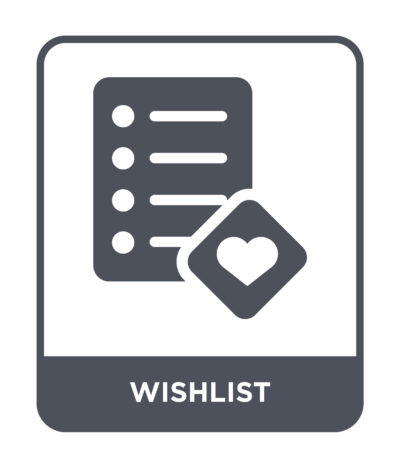Satisficing or maximising? Helping customers make the right choice
Satisficing and maximising are important decision-making strategies to keep in mind when anticipating and understanding customer behaviour:
- How many product options are too many?
- Should our website be comparing our offer to competitors or not?
- What happens when we shift from ‘guided’ and ‘assisted’ to ‘self-guided’ and ‘self-assisted’?
- Is the brand always important for high-involvement high-investment choices?
- How does decision difficulty vary by time of day, day of week, and stage of life?
These are just some of the questions businesses should be asking when thinking about what ‘good enough’ (sufficing + satisfying = satisficing) and ‘the best possible option’ (maximising) look like for customers, and when they are more likely to apply one or the other strategy.

While personality research demonstrates that people tend to lean more towards satisficing or maximising, ultimately, it comes down to how much effort we are prepared to invest into making the right choice for us.
And that depends a lot on our circumstances.
“Decision makers can satisfice either by finding optimum solutions in a simplified world, or by finding satisfactory solutions for a more realistic world” (Rory Sutherland, Alchemy)
What are your personal observations telling you?
Representativeness (vs anecdotal evidence) and objectivity (vs conclusions drawn from exclusively subjective experiences) are among the core pillars of informed business decision-making. But our personal experiences or observations of those close to us should not be discarded. They make a good starting point for creating more empathy – greater understanding – for how our customers, audiences or users may be feeling in a given moment.
Time. A simple example is how we may go about selecting a gift in the middle of a busy working week, compared to how much research and thinking we may put into it when feeling more relaxed and in less hurry?
To capture this variation in shopper behaviour within and across segments, online retailers apply a range of tactics to help both customers who are seeking to save time and satisfice, and who are prepared to do more research and maximise.


Competing priorities. Another one is comparing how we used to go about planning the weekend before and after kids? I’d say the juggling act becomes increasingly more intense in the second scenario, with multiple priorities competing for attention and time.

What does research say?
35,000 is the number of decisions we are likely making per day. I cannot confirm nor deny this information that was originally mentioned in Wall Street Journal back in 2016, but it has been frequently cited in publications of various kind, including academic, that discuss decision fatigue.
At the same time, recent customer reviews statistics, as cited by Kim (2022), are showing that:
“About 97% of consumers consult customer reviews before making a purchase (PowerReviews, 2021) and consumers read about 7 reviews before trusting a business (Reputation X, 2021).”
Despite feeling increasingly busier and more preoccupied, we seem to be still doing the research to make sure that paint brand and shade are just right. So, what can we make of these data points?
My search for evidence of a shift towards satisficing or maximising in consumer behaviour has not yielded a one-size fits all definitive answer.
You can check the results of my non-representative LinkedIn poll, but dare I say, much has changed since that 2016 article in WSJ. COVID-related decision fatigue has affected a broad spectrum of human activity, from clinical decisions to parenting practices related to food and physical activity, which makes me think that:
Satisficing, as a decision-making heuristic (mental shortcut), will continue gaining momentum.
At the same time, as attractive as the idea of a general trend sounds, whether we satisfice or maximise depends on several factors, some of which you may have intuitively noted already from personal observations.
Among those that are more accessible (observable) for business decision-makers are:
- Age
- Life experience
- Family status
- Occupation
- Perceived risk and uncertainty
- Time of day
Older adults, for example, have been found more likely than younger ones to examine information about an option only until they deem the amount of information sufficient and, therefore, acceptable (Carpenter & Yoon, 2012). This finding has come through quite strongly in my own research practice, from retirement living to international travel. But more often than not, it’s a combination of factors, rather than exclusively physical or cognitive age.
Younger or older, it comes down to how much available ‘headspace’, i.e. ‘working memory and executive functioning’ we have, and if we are more or less likely to experience cognitive overwhelm, increasingly induced by exponentially rising options (choice overload), and competing priorities.
Certainly, some families will prefer to fully plan their own outings, but on a different day the same parents will opt for a family ticket to the Monarto Safari Park with the option of following a suggested program of experiences and joining a guided bus tour. It’s all about making the right choice in the moment!





